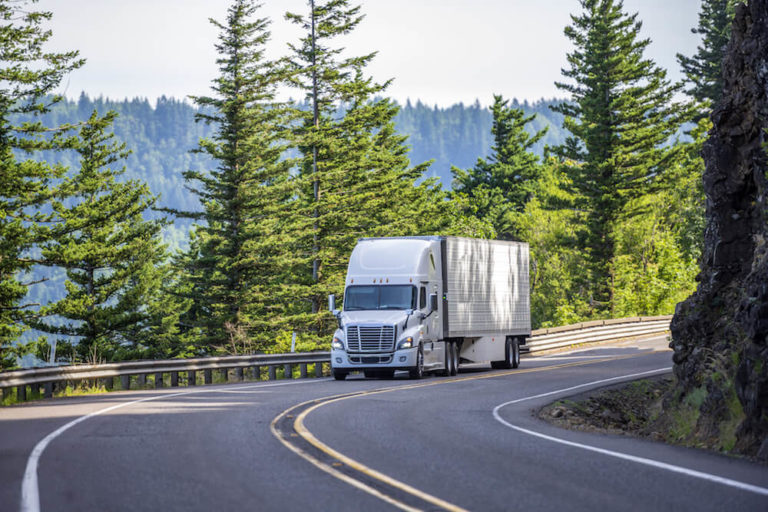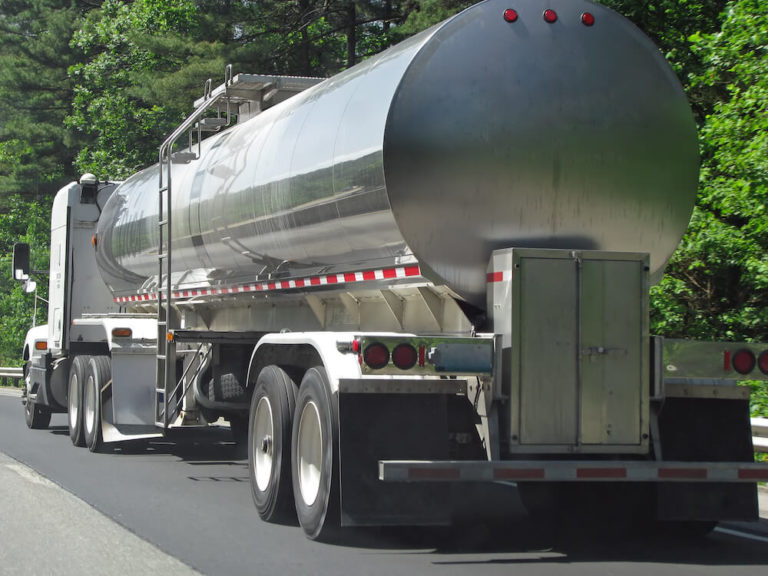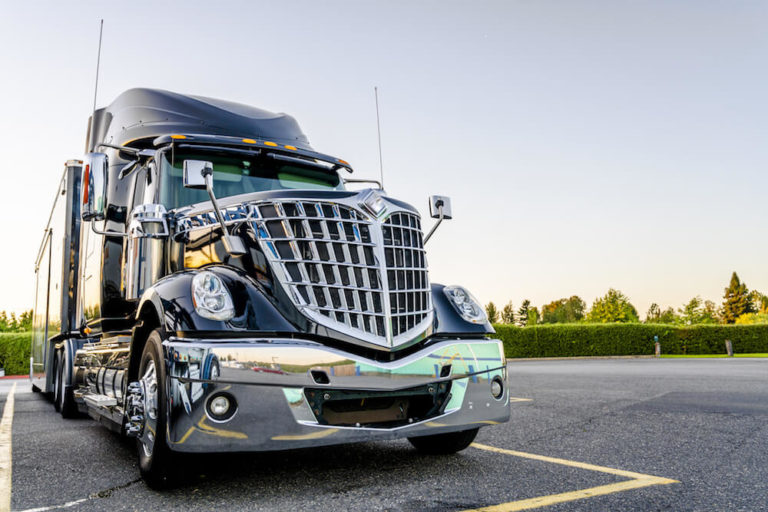Being in the trucking world means that you’re subject to many regulations. The FMCSA takes safety seriously – they have the CSA, or Compliance, Safety, Accountability program. You might wonder how to navigate the program and how to excel in it. And that’s why we’ve created this CSA survival guide for trucking businesses.
Safety
We don’t have to tell you that trucking businesses face a lot of risks. The roads aren’t always the safest place, and that’s why it’s so important to take steps to emphasize and improve safety at your truck business. While this is beneficial because it will lessen the chance of your drivers and employees getting hurt, safety can also help you avoid truck insurance claims. In turn, that can help your truck insurance rates.
The following articles give suggestions and tips for improving different areas of safety at your business. Take some time to check out the various topics that we explore in the articles. We’ll explain the dangers of distracted driving, the importance of pre-trip vehicle inspections and preventive maintenance, why you should always wear a seatbelt, and more. Safety is an ongoing process, so it’s important to always be looking for ways to make your business a little safer. The following articles might help you think of ways to do that.
The importance of doing MVR checks for trucking businesses
If you have a trucking business, hiring the right people is crucial. Having drivers who are committed to safety is so important for maintaining good loss history and DOT scores – they’re the people who are operating trucks for you and who are delivering loads for you. That’s why MVR checks are a big part of being an employer for a trucking business, and why it’s so important to do pre-employment screenings as well.
Risks that truck and bus drivers must navigate
Driving a truck or bus is, needless to say, a huge responsibility. But just how big of a responsibility is it? For one thing, there are numerous factors that create safety challenges for truck and bus drivers.
Tips for driving a big truck around pedestrians
There are times when you are operating a commercial vehicle, truck, or any other large vehicle in an area where there are pedestrians. At times like that, it’s necessary for you as the driver to add an even greater measure of safety consciousness to your driving.
How do I know if an inspection is a cargo tank inspection?
The Secretary of the United States Department of Transportation (USDOT) is responsible for regulating the transportation of hazardous materials (HM). This includes actions completed by shippers, motor carriers, and commercial drivers. Guidelines for transporting hazardous materials also falls under the jurisdiction of the Pipeline and Hazardous Materials Safety Administration (PHMSA).
Those affected by these regulations often have many questions about them. We explore some of the more common concerns below, and we’ll explain what a cargo tank inspection is.
What do carriers have to do to get a Hazardous Materials Safety Permit?
The Federal Motor Carrier Safety Administration (FMCSA) requires commercial drivers who transport certain types of materials to apply for and maintain a hazardous materials safety permit (HMSP). Drivers and motor carriers can refer to 49 CFR 385.403 to find further information about hazardous materials and to ensure they understand FMCSA expectations in this manner.
Why did I get points for a warning ticket?
When you drive your personal vehicle and get a warning – it’s just that, a true warning. The rules of the road change, though, when commercial trucking is involved.
What are potential FMCSA follow-on procedures for trucking businesses?
Follow-on actions are one of three possible responses to violations of FMCSA rules and regulations. Of the three responses, a Follow-On is considered to be the most severe and significant.









